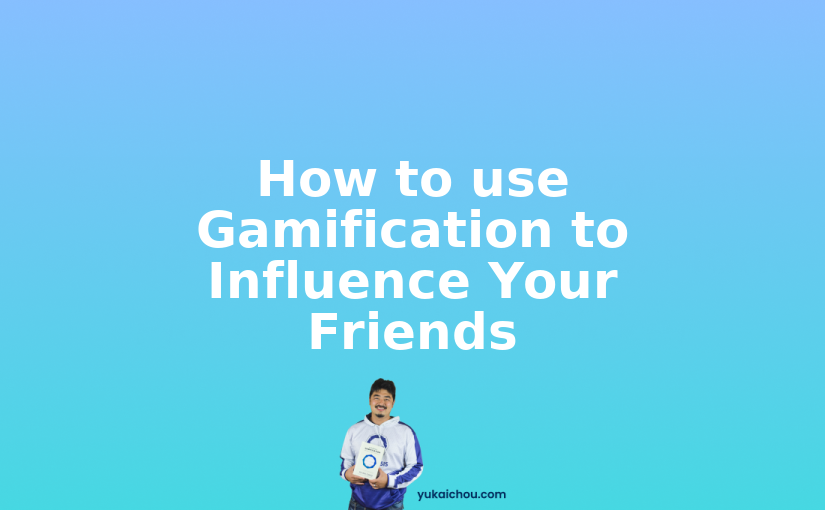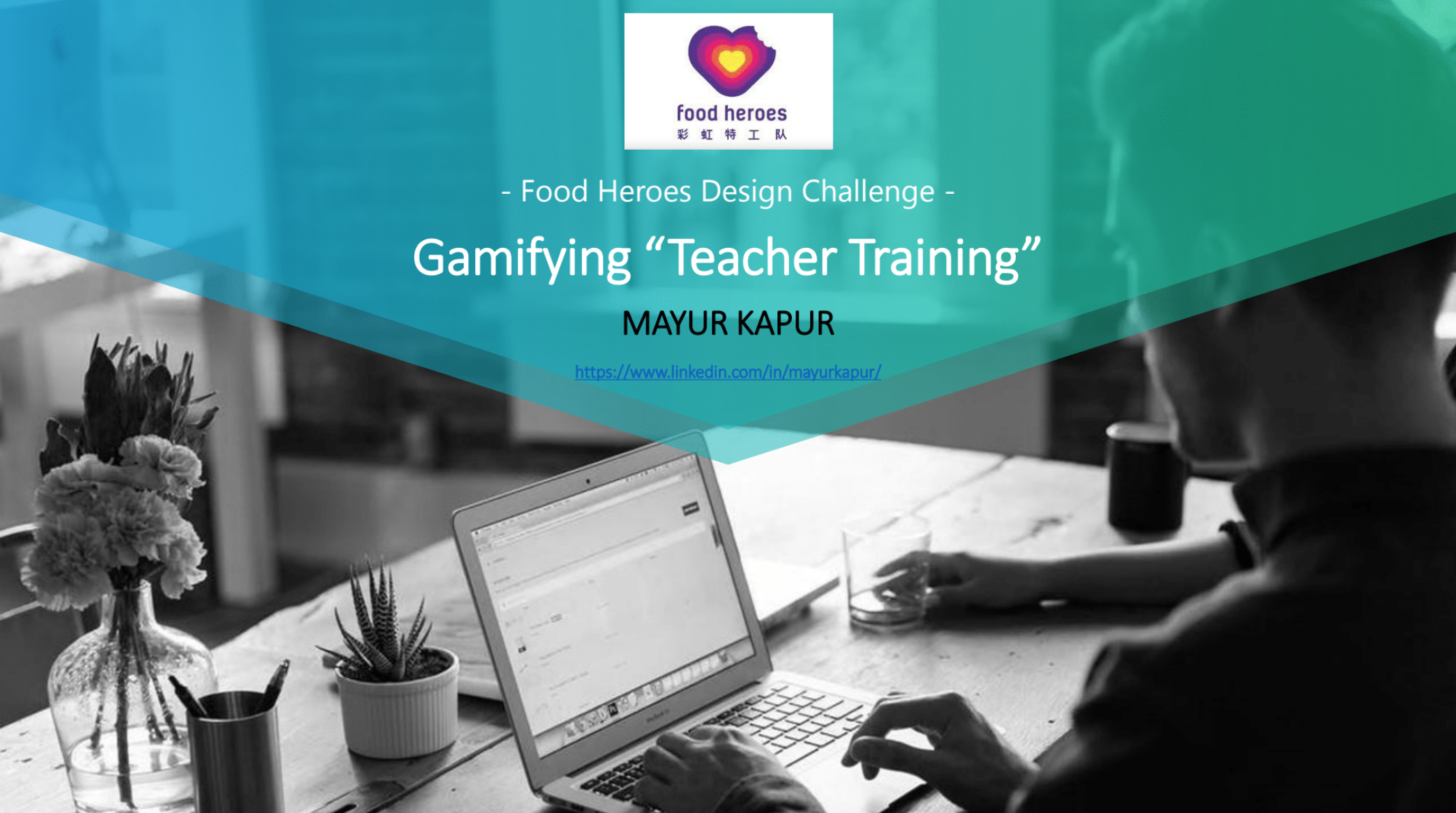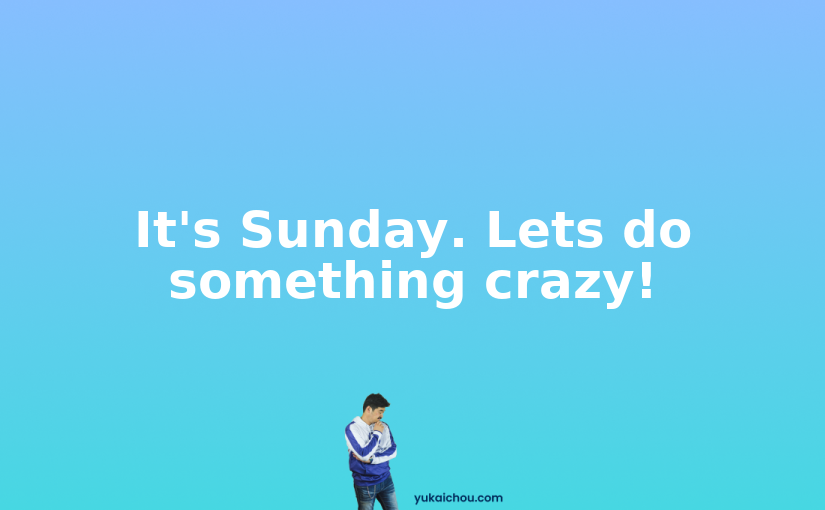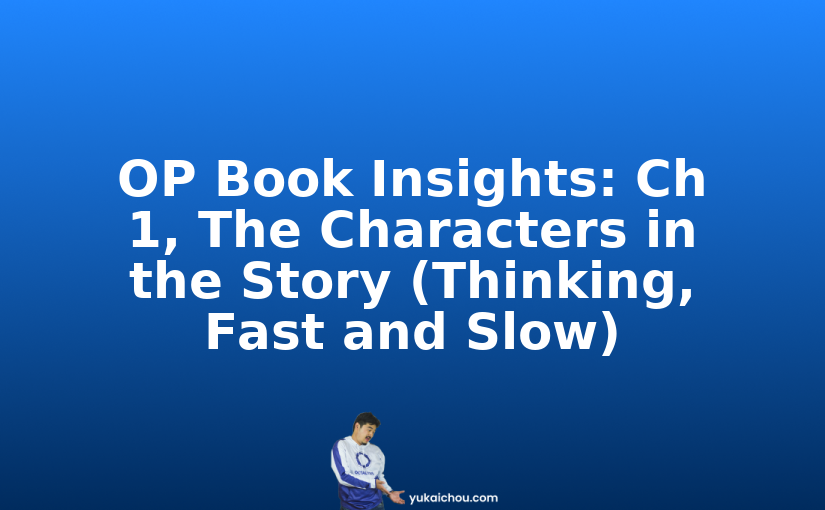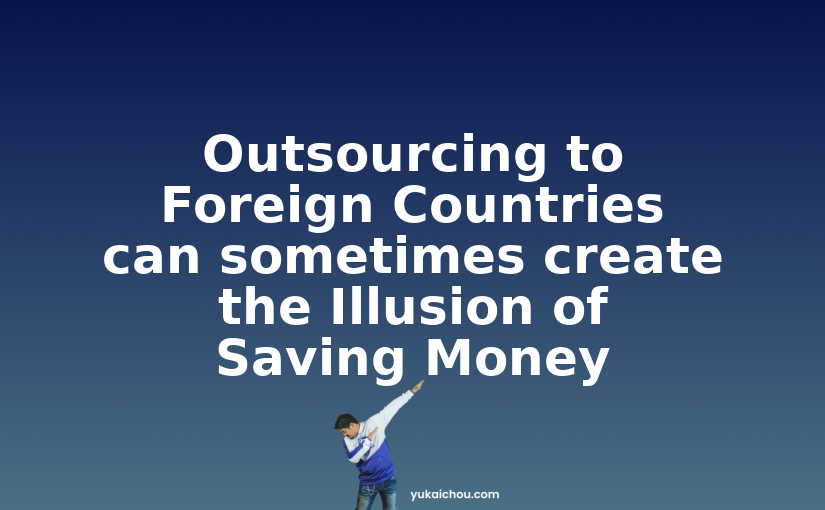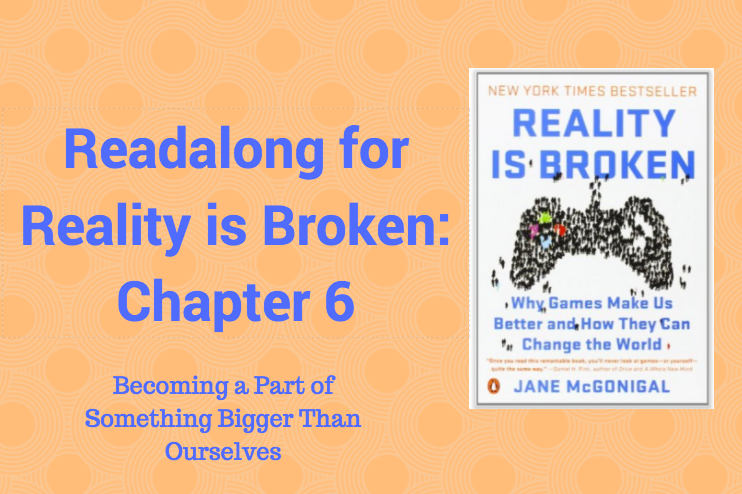How to use Gamification to Influence Your Friends
First, let’s get it out of your head that your friends don’t want to be influenced.
Think about yourself. Don’t you WANT to be influenced and persuaded to do things you want to do? It feels good to be included in interesting, unusual, or fun events or gatherings. It piques your curiosity when a friend who knows you well sends you information or a book or a gift that makes your life better. And when your friends forget to invite you, you get upset.
So, if you care about being influenced, then your friends do too. It’s part of our makeup as humans. We are nodes in social spheres of influence: individual to family to friends and society. And you are a node across many of these networks.
Understanding what Gamification is in the Context of Influence
Yu-kai likes to talk about human-focused design. Your friends are very likely humans like you, so keep empathy toward your fallible friends forefront in your mind.
Many of you have read Robert Cialdini’s ‘Influence’ so you’re likely familiar with his six principles:
-Reciprocity
-Commitment and consistency
-Social Prod
-Authority
-Liking
-Scarcity
Many of you are also familiar with the Octalysis Framework, and can see how these concepts map onto the Octalysis octagon.
-Reciprocity — Core Drive 5: Social Influence & Relatedness
-Commitment and consistency — Core Drive 2: Development & Accomplishment
-Social Prod — Core Drive 5: Social Influence & Relatedness
-Authority — Core Drive 5: Social Influence & Relatedness
-Liking — Core Drive 5: Social Influence & Relatedness
-Scarcity — Core Drive 6: Impatience & Scarcity
That’s a lot of Core Drive 5! Though not exclusively.
Now, notice how I’ve written this post so far: I did not start this discussion (in the introduction) with detailed list of why persuasion and influence work, or the benefits you’re likely to get. I simply started with a true example (how we all are and want to be persuaded to do things that are good for us). Once you were comfortable, I moved into well-understood theory, as written clearly about by an author you likely already know. Again, your cognitive effort in absorbing the 6 principles was probably quite low (especially since you act out those 6 principles every day even if you don’t name them). Then I connected these principles to the Octalysis framework, which you ALSO already have seen before. But now you’re starting to get creative and see possibilities.
So it’s time to mention a few of the possibilities I saw. I’m going to approach an application of influencing my friends in the context of the Octalysis Framework with specific tactics we’re calling “Game Techniques” (called as such because Yu-kai first noticed these in various games he played growing up or in researching how they were getting players’ attention).
Here is the moment where I’m testing my authority (which I attempted to increase by writing the above words and transferring ideas I hope were relevant to you in the context of persuasion).
Game Technique #45: Thank-You Economy
Thank-You Economy is an environment of generosity and reciprocation.
If you’re trying to have more influence in your friend group, you could try to be more generous and demonstrate increased reciprocation. Remember, people’s memories are strange. Sometimes we can’t let go of certain parts of ourselves or dark parts of the past. So if you’ve wronged someone, a single display of generosity won’t get them to trust you.
Since reciprocation is a two-way street, you sometimes will need to ask a favor of your friends, so that YOU can reciprocate something they’ve done for you. Get it?
Game Technique #22: Group Quest
A Group Quest is an activity or series of activities that can only be completed in a group. Ideally, it will require consistency and commitment from all members. If you notice a Group Quest brewing among friends, why don’t you step up and lead it? If there is already a leader, why don’t you be the most helpful member of the party? Examples could be birthday party planning, side hustles, and college reunions.
Pro tip: Remember to use Quest Lists and MiniQuests to keep all members of the party engaged.
Game Technique #62: Social Prod
Social prods are quick casual actions that establish a low commitment social engagement. Whether on social or via email or text or a quick word at a party (in person, smile, ask a good question and show interest), social prods work. Why? Because they demonstrate empathy and that you were thinking of the person. If you can use Social Prods when your friends aren’t expecting it, they will be more impactful and memorable.
One thing I’m experimenting with soon is sending hand-written letters to my best friends and people who have influenced me. It’s true that a text is faster and can still show love. Even a short phone call can do the same. But I’ve had one of my letters be posted on my friend’s refrigerator for a few months. That means EVERY time he and his wife went to their fridge they had a chance to be reminded of the words I wrote them.
Notice a pattern?
Now, look again at those techniques. Notice something about them (that relates to the post above)? If you do, let me know in the comments, and give yourself a high five for reading carefully and artfully.


